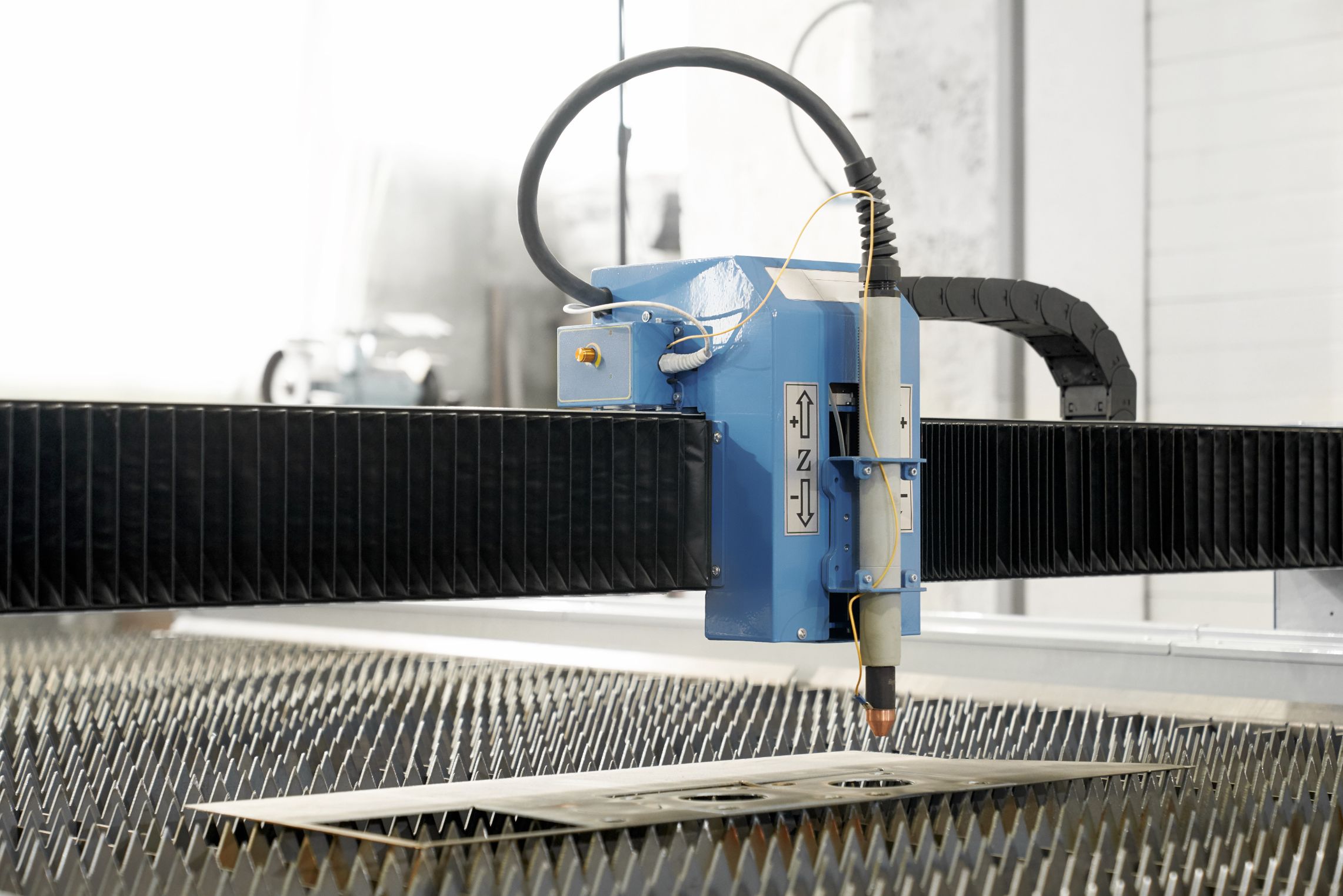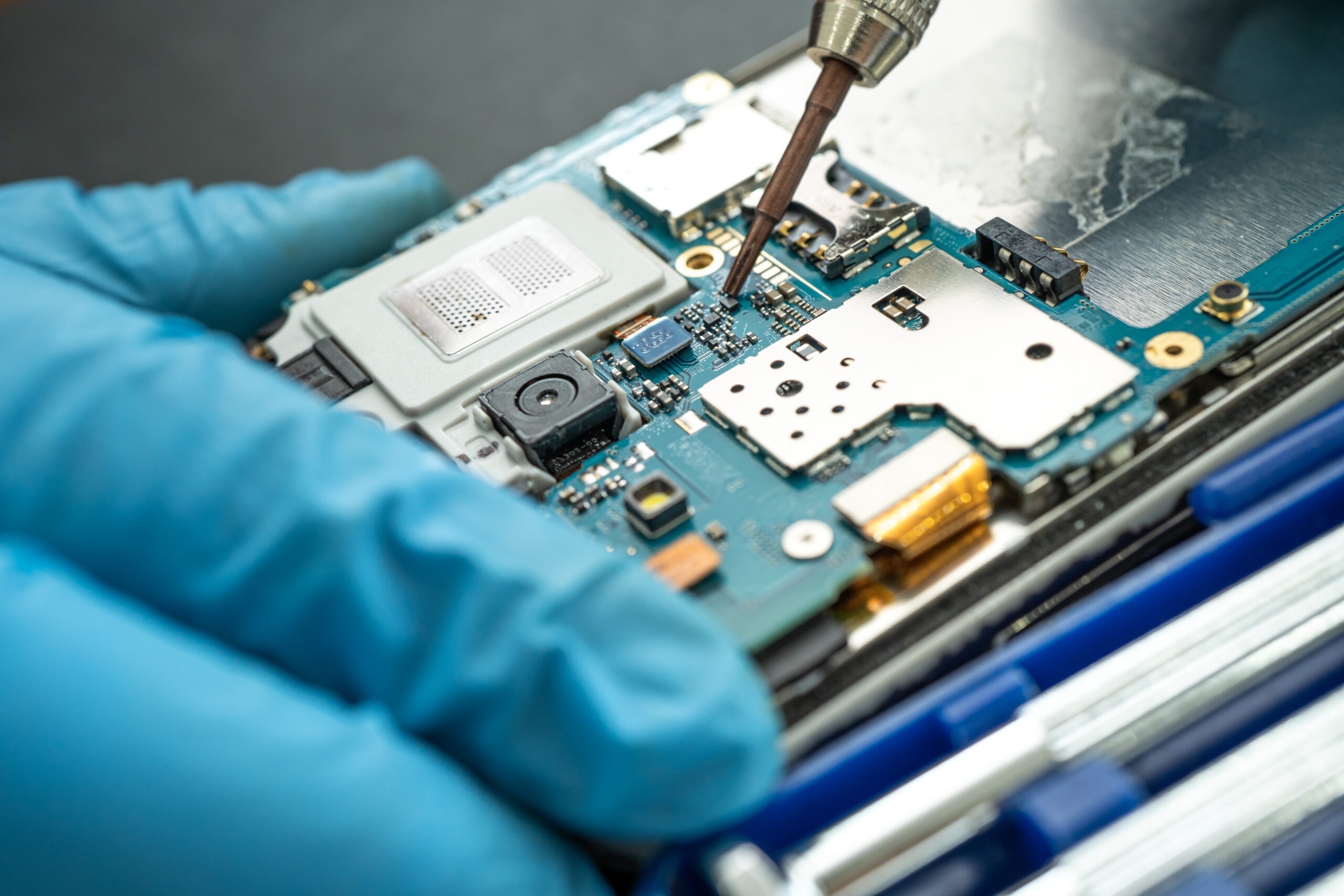Autonomous Robotic Rover Provides New Idea Into Life on the Deep Abyssal Seafloor
Independent robotic rover helps scientists along with long-term monitoring of deep-sea carbon dioxide cycle and also climate adjustment.
The high field of the deep sea and the technological challenges of working in an extreme atmosphere make these midsts challenging to access and research. Researchers understand even more concerning the surface of the moon than the deep seafloor. MBARI is leveraging developments in modern robotic technologies to resolve this difference.
Cycling Carbon
A self-governing robotic rover, Benthic Rover II, has delivered a brand new idea into life on the abyssal seafloor, 4,000 gauges (13,100 feet) beneath the sea area. The information picked up through this rover are basic to comprehend the effects of weather change on the ocean.
The success of this particular abyssal rover right now permits long-lasting monitoring of the combining in between the water row and seafloor. Knowing these attached procedures is essential to predicting the wellness and productivity of our Earth swallowed up in an altering climate, stated MBARI Senior Scientist Ken Smith.
Even with its distance from the irradiant lagoons, the deep blue sea seafloor is linked to the waters above and is critical for carbon cycling and sequestration. Littles raw material consisting of dead plants and creatures, mucous, and secreted waste little by little sink utilizing the water column to the seafloor. The community of creatures and microorganisms on and in the dirt assimilates a number of this carbon dioxide while the rest might obtain nailed down deep-sea sediments for up to countless years.
The deep-sea participates in an essential function in Planet’s carbon pattern and environment, but we still recognize little concerning procedures taking place countless gauges listed below the area. Design difficulties like extreme pressure and the destructive nature of saltwater make it challenging to send out equipment to the abyssal seafloor to keep an eye on the ebb and examine the flow of carbon dioxide.
Over the last, Smith and various other researchers relied upon static devices to analyze carbon intake through deep seafloor areas. They might release these tools a couple of times at a time. By building on 25 years of engineering technology, MBARI has established a long-term option for tracking the abyssal seafloor.
Benthic Rover II
Fantastic activities in the deep sea usually develop briefly and at unpredictable intervals; that is why possessing constant tracking with Benthic Rover II is thus crucial, discussed Electric Engineering Team Lead Alana Sherman. If you’re certainly not watching regularly, you are probably to overlook the main activity.
Benthic Rover II results from the hard work of a collaborative staff of MBARI researchers and engineers led by Johnson and Sherman.
Developers at MBARI created Benthic Rover II to deal with the cold, harsh, and also high-pressure states of the deep sea. Built from corrosion-resistant titanium, plastic, and pressure-resistant syntactic froth, this rover can easily endure deployments of approximately 6,000 gauges (about 19,700 feet) deep.
In addition to the physical obstacles of running in these severe disorders, we needed to create a pc management body and software application trustworthy enough to run for a year without crashing– nobody exists to press a reset switch, explained MBARI Power Designer Paul McGill.
The electronics also need to take in quite a little bit of electrical power to ensure that our team may lug sufficient electric batteries to last for a year. Even with all it performs, the rover takes in an average of merely two watts concerning the like an apple iPhone.
Benthic Rover II concerns the dimension of a tiny automobile 2.6 meters (8.5 feet) long, 1.7 meters (5.6 feet) vast, and 1.5 meters (4.9 feet) high Apples well as footsteps delicately over the sloppy base on a set of wide, rubber tracks.
Analysts deploy Benthic Rover II coming from MBARI’s boat, the R/V Western Leaflet. Once it docks on the seafloor, the rover can quickly begin its purpose.
Initially, sensing units check the currents flowing along the seafloor. The rover moves up or all over the current to reach an entire site to gather information when they sense beneficial currents.
Cams on the front of the rover photo the seafloor and action fluorescence. This distinct radiance of chlorophyll under blue lightweight discloses how new phytoplankton and other plant clutter has arrived on the seafloor. Sensors log the temp and also air concentration of the waters only above the all-time low.
Carbon Remineralization
Next, the rover lowers a set of transparent respirometer chambers that determine the air consumption of the community of life in the dirt for two days. As creatures and microorganisms digest raw material, they use oxygen and launch co2 in an exact proportion. Understanding the amount of air those animals and microbes use is crucial for understanding carbon remineralization, the breakdown of raw material into less complex parts featuring carbon dioxide.
After two days, the rover increases the respirometer chambers and relocates 10 meters (32 feet) ahead, mindful not to traverse its previous course, and picks a different website, for example. It duplicates this testing design repeatedly for the duration of implementation, commonly a whole year.
By the end of each release, the R/V Western Leaflet returns to recover the rover, install its data, swap out its battery, as well as return it to the deep seafloor for an additional year. Within each year-long deployment, the MBARI group releases an additional autonomous robotic, the Wave Glider, from shore to come back quarterly to review Benthic Rover II’s improvement. The rover can not correspond with our team directly to inform us of its location or even ailment, so our company sends out a robot to discover our robot, explained McGill. An audio transmitter on the Wave Glider pings the rover on the seafloor listed below. The rover, after that, sends great updates and also sample information to the glider cost. The glider at that point sends that relevant information to analysts ashore using GPS.
Information from the Benthic Rover II has helped our team quantify when just how much and what carbon dioxide resources might be sequestered, or even saved in the abyssal seafloor, said MBARI Senior Analysis Professional Huffard.
For the last seven times, Benthic Rover II has been regularly functional at Terminal M, a MBARI study website located 225 kilometres (140 miles) off the coast of the central golden state. Terminal M exists 4,000 meters (13,100 feet) below the ocean’s surface area as deep as the ordinary deepness of the ocean making it a great design body for researching abyssal environments.
Over recent 32 years, Johnson and his staff have created a special marine observatory at Terminal M. Benthic Rover II. A collection of various other musical instruments operate there 24 hours a day, seven times a full week, for an entire year without repairing.
The rover’s trusted performance over seven years, spending 99 per cent of its lifestyle on the seafloor, is a consequence of several years of screening, troubleshooting, and establishing the most effective strategies to preserve the car, stated Sherman. It is a great example of what’s achievable when applying innovation to difficult concerns in scientific research.
Information collected at Station M presents that the deep blue sea is far coming from static. Bodily, chemical, and natural health conditions may modify significantly over timescales ranging from hrs to decades.
The surface area waters of the California Current over Terminal M teem with phytoplankton in the spring and summer. These in-season rhythms in efficiency cascade from the water pillar to the seafloor. Much of the sinking organic matter called marine snow came from carbon dioxide in the setting.
Over the recent decade, MBARI analysts have observed a remarkable boost in sizable pulses of sea snowfall falling to the seafloor at Terminal M. These episodic celebrations make up a boosting portion of the annual food supply at this website. In seven years of procedure at Station M, Benthic Rover II captured substantial weekly, seasonal, annual, as well as anecdotal occasions– all offering records that aid MBARI researchers know the deep-sea carbon dioxide pattern.
In between November 2015 as well as November 2020, Benthic Rover II videotaped a sizable rise in the storm of dead phytoplankton and various other plant-rich debris (phytodetritus) touchdown on the abyssal seafloor coming from the waters overhead. A reduction in the focus of liquified oxygen in the waters only above deep blue sea seafloor followed this bonus of organic matter.
Conventional temporary tracking devices
Standard temporary surveillance devices would not have spotted the variations that steer long-lasting changes and also trends. Benthic Rover II has disclosed a more comprehensive picture of how carbon dioxide relocates from the area to the seafloor.
Benthic Rover II has signalled our company to vital brief, and long-term changes in the deep sea that are being skipped in global models highlighted Huffard.
The resolution of Benthic Rover II and MBARI’s constant work at Terminus M highlight how relentless systems and lasting findings can improve even more our understanding of the largest home on Earth. With more companies seeking to extract nutrient sources from deep blue sea seafloor, this information provides important ideas right into the guideline disorders in locations present for commercial development or marine mining.
Burning fossil fuels, bringing up livestock, and cleaning woodlands launch billions of loads of carbon dioxide into our environment every year. When dealing with altering weather, knowing exactly how carbon moves between the sea’s lucent surface and its dark midsts is more necessary than ever.





